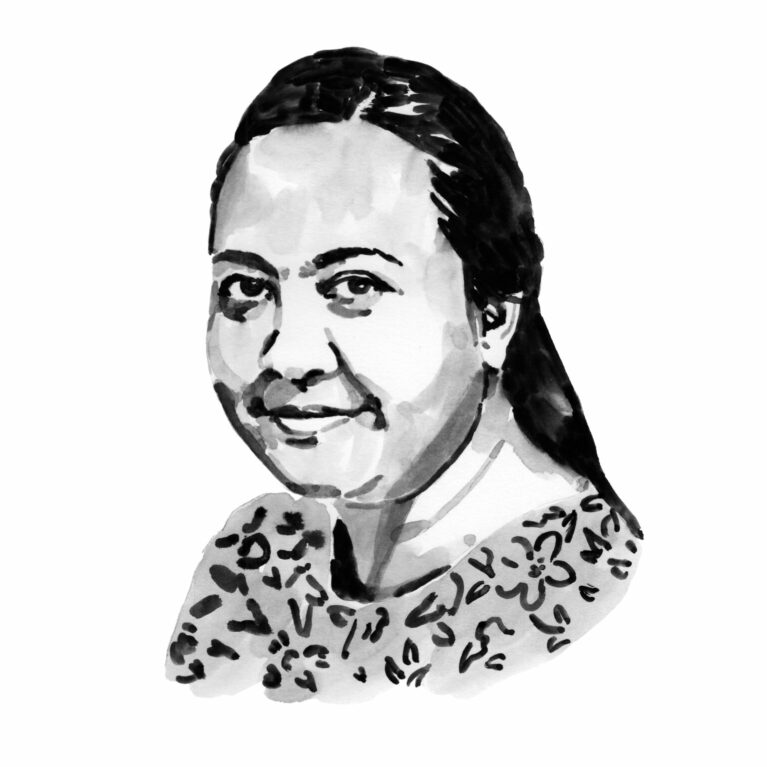Ni Kadek Dita Cahyani

Who I am
I grew up in Bali, Indonesia, an island renowned for its natural beauty, vibrant seas and rich culture. Nature was always a significant part of my childhood, but my passion for research began during my undergraduate studies at the Faculty of Biology, Universitas Gadjah Mada, Yogyakarta. My initial interest was in sea turtle conservation, a pressing issue in Bali. This experience deepened my understanding of conservation and inspired me to focus on research-driven approaches to it. My research has primarily involved molecular techniques, such as population genetics studies on sea turtles, tuna and mobula rays. I have also utilised molecular tools to identify and describe species, as well as to conduct environmental assessments using eDNA metabarcoding. These methods have enabled me to explore facets of biology that underpin effective conservation strategies, particularly for elasmobranchs. I strongly believe that molecular-based research is vital for advancing elasmobranch conservation efforts in Indonesia. By integrating these tools into conservation strategies, we can make critical discoveries that will lead to better protection of marine biodiversity and address the challenges facing species like sharks and rays.
Where I work
I am currently a lecturer in the Biology Department, Faculty of Science and Mathematics, Universitas Diponegoro, located in Semarang, Central Java, Indonesia. The university is situated in the northern part of Java, one of Indonesia’s largest and most densely populated islands. Our primary research site is Karimunjawa National Park, which is a three-hour drive and a 2.5-hour boat ride from the main campus. Part of Jepara Regency, Karimunjawa National Park comprises 27 islands divided into nine zones, including a core zone, a marine protection zone, a land-use zone and a marine tourism zone. The park is currently designated as an Area of Interest (AoI) for an Important Shark and Ray Area (ISRA). Despite its ecological significance, there is a notable lack of knowledge about the life histories and reproductive biology of many species found here. This knowledge is crucial for developing effective conservation strategies tailored to the specific needs of these species in Indonesian waters, particularly in Karimunjawa National Park, which is suspected to be a critical pupping and nursery area.
What I do
As a lecturer, my primary responsibilities include teaching undergraduate and graduate students. As a researcher, I dedicate time to working in the laboratory. To balance both roles, I engage my students in our lab projects, allowing them to be part of the research while enhancing their skills and knowledge. We also develop various sampling techniques and molecular lab protocols, which often involve field work. Nature is our classroom; sometimes we venture as far as Karimunjawa National Park, while at other times we stay closer to home, exploring our backyard and practising sampling techniques. I truly enjoy sitting in the lab, chatting with students and our incredible team of lab assistants. These conversations often begin with discussions about lab challenges or bio-informatics analyses but usually end with light-hearted debates about where to eat over the weekend. Moments such as these not only strengthen our bond, but also spark new research ideas. In the classroom, I frequently use our research projects as examples – not just to teach how to conduct research, but also to prepare students for future careers as biologists and opportunities beyond the academic setting.
